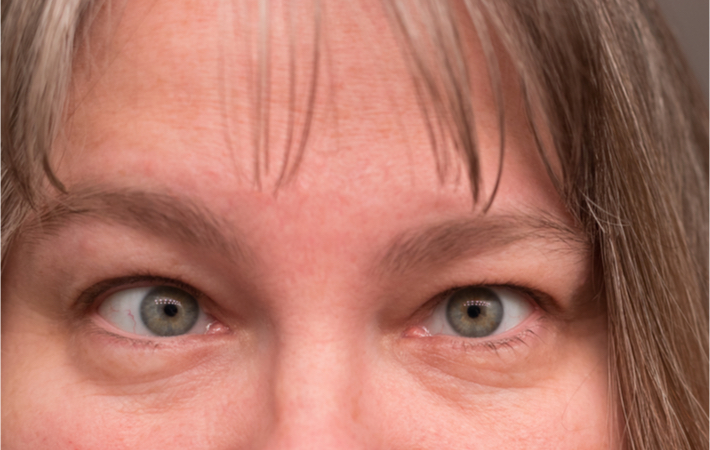When Does It Become Too Late to Treat Lazy Eye?
Amblyopia or lazy eye is an eye disorder that usually occurs in childhood. It starts between 6 and 9 years of age and only affects one eye.
25% of school-aged children have vision problems. A comprehensive children’s eye exam can diagnose lazy eyes early, and treatment can prevent lifelong visual impairment.
While vision development continues until 12 years, and treatment is best before this time, there is hope for treating your lazy eye beyond these years. Let’s find out more about treating lazy eyes in older children.
What Causes Lazy Eye
Lazy eye is not so much an eye problem but a neuro-developmental vision condition. The brain receives nerve signals from both the eyes to see, and when these nerve signals or pathways don’t function, it affects the development of one eye.
When one eye is weak, the brain ignores the signals coming from that eye and relies only on the stronger eye. The lack of connections between the eye and brain causes a lazy eye. Images from the weaker eye are out of focus, which leads to vision impairment and loss of depth perception.
Other causes of lazy eye can include different vision problems, such as:
- Refractive errors: One eye can be nearsighted, farsighted, or could have astigmatism.
- Strabismus: One eye turns in, out, up, or down, and the brain ignores the images from the misaligned eye.
- Cataract: The clouding of the lens in one eye can affect vision in that eye.
- Family history of lazy eye
- Trauma causing damage to one eye
- Drooping of one eyelid
Signs & Symptoms of Lazy Eye
2–4% of children under the age of six have amblyopia. Most times, a child will not have any symptoms or lazy eye as the stronger eye compensates for all visual tasks. It’s also harder to detect unless the good eye is covered or until a child starts school and must learn to use both eyes together to see clearly.
Some early signs that indicate children are struggling with their vision include:
- Squinting or closing one eye
- Head tilting
- Can’t judge how close or far something is (depth perception)
- Double vision
- Both eyes don’t work together

Can You Treat Lazy Eyes Later in Life?
Lazy eye treatment was initially thought ineffective after the age limit of 9 or 10 years. Studies show that 53% of children aged 7 to 12 responded to treatment. Studies also show that 47% of children aged 13 to 17 not previously treated for lazy eye have the same outcomes as children aged 7 to 12.
It’s best to treat lazy eyes as soon as possible. However, treatment for children and teenagers up to 17 can improve eyesight. They also found that the recurrence of lazy eyes is less common in older than younger children.
Treatment of Lazy Eye
As we’ve established, the best time to treat lazy eyes is when you first learn about the problem. Without treatment, vision loss will continue to occur over time.
Treatment for lazy eye includes vision therapy to retrain the visual system and the brain to work together. Depending on the cause, treatment options include any of the following:
- Improvements in focus with glasses or contact lenses may correct underlying conditions such as refractive errors. They can improve your ability to see close-up and faraway objects.
- Surgery for treating strabismus, so both eyes point in the same direction, and for cataracts if the condition blocks light from entering the eyes.
- Eye patches worn on the stronger eye allow the brain to use the weaker eye. It does take some adjustments and can take a few weeks or months for vision to improve. Depending on the severity of your lazy eye, your eye doctor will determine how many hours you need to wear the eye patch.
- Eye drops are used in place of an eye patch in the healthy eye to cloud the vision and force the brain to use the weak eye. Some parents find this method easier for children compared to the patch.
Vision Therapy for Lazy Eye
Early diagnosis of lazy eye is treatable to prevent vision problems later in life. While late diagnosis to establish brain-eye coordination may be slow, older children are responsive to treatment.
If you are worried about your child’s vision, no matter their age, speak with your eye doctor and learn about the possibilities of treatment for lazy eyes. Avenue Optometry & Vision Therapy offers customized vision therapy programs. Call us today to schedule a thorough assessment with our North York optometrist.




